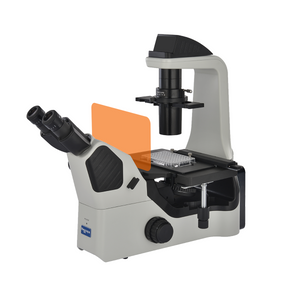Quick Overview
1) Slide capacity:1-6.2) Thickness: 0.9-1.2mm,size: 26x76mm .3) 20x plan apochromatic objective, N.A.0.75.4) Scanning resolution:≤0.48μm/pixel(20×),≤0.24μm/pixel(40×).5) Scanning platform:Upscale maglev linear motor. High precision full closed loop drive control system.6) Scanning speed:Scanning area 15 mm × 15 mm,20× Scanning time ≤ 40 seconds.
Nexcope-NSS-6-Digital Digital Microscope
Other Parameters
| Notes | 1) Slide capacity:1-6.2) Thickness: 0.9-1.2mm,size: 26x76mm .3) 20x plan apochromatic objective, N.A.0.75.4) Scanning resolution:≤0.48μm/pixel(20×),≤0.24μm/pixel(40×).5) Scanning platform:Upscale maglev linear motor. High precision full closed loop drive control system.6) Scanning speed:Scanning area 15 mm × 15 mm,20× Scanning time ≤ 40 seconds |
Technical Info
Instructions
Digital MicroscopeClose Λ
| Digital microscope is the general term for microscope that can convert an optical image into a digital image, and usually does not specifically refer to a certain type of microscope. It should be noted however that most microscopes can be mounted with cameras and display devices to change to digital microscope. Microscopes in the visible range, from the digital imaging point of view, all use CCD or CMOS sensors to image the optical signal as an electric signal on a computer or display. However, the difference between various kinds of digital microscopes mainly comes from the optical microscope itself, so it is necessary to look at the imaging effect and function of the optical part in order to select the type of digital microscope. From the classification point of view, digital microscopes can be divided into: digital biological microscopes, digital stereo microscopes, etc. It should be noted that due to the variety of lenses, ordinary lenses or microscopes, if mounted with a digital camera, can all become a digital microscope. At present, the trend of digital microscopes is not only to present simple digital images, but to collect, process and analyze images through back-end software, especially for image measurement, comparison, judgment, and large-format scanning and splicing, and three-dimensional synthesis and so on, these aspects have been widely developed and applied. |










